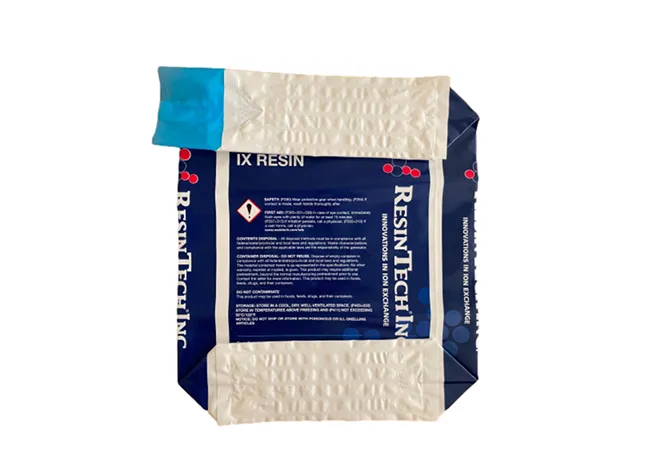Pet food and treat packaging plays a crucial role in not only preserving the quality of products but also in influencing consumer purchasing decisions. As consumer awareness of pet nutrition and environmental impact rises, the packaging industry must evolve to meet these demands by adopting innovative, sustainable, and functional packaging solutions. This article delves into the latest advancements in pet food and treat packaging, reflecting real-world experiences, professional insights, and authoritative trends, ensuring you have a comprehensive understanding of this dynamic market.

The evolution of pet food packaging is largely driven by the need for sustainability. Consumers today are more environmentally conscious, demanding recyclable and biodegradable packaging that minimizes environmental impact. Brands leading the industry are those that emphasize sustainability without compromising the safety and freshness of pet products. Recyclable plastics, compostable materials, and reusable containers are becoming standard offerings, contributing to significant waste reduction. This shift not only mirrors consumer preference but also aligns with global sustainability goals, enhancing brand credibility and trustworthiness.
Functionality is also at the forefront of modern pet food and treat packaging innovation. Packaging needs to ensure product integrity through features such as air-tight seals and moisture barriers, preserving nutritional value and freshness. Additionally, convenience is a key factor for consumers. Resealable bags, easy-pour spouts, and portion control packaging cater to pet owners' demands for practicality in handling and storage. The emphasis on functionality extends beyond ease of use, also considering the health and safety of pets. Packaging must be free from harmful chemicals, ensuring that products remain uncontaminated and safe for pet consumption.

Expertise in packaging design and technology is vital in crafting solutions that meet market demands. Companies are increasingly leveraging advanced technologies such as modified atmosphere packaging (MAP) to extend shelf life and maintain product quality without artificial preservatives. MAP techniques replace the oxygen in packaging with inert gases, slowing down spoilage and preserving flavor and nutrients. This innovation reflects the expertise within the industry in merging technology with consumer needs, demonstrating its authoritative stance on quality assurance.
pet food and treat packaging
Aesthetic appeal remains a significant element in pet food packaging, influencing purchasing behavior through visual attraction and brand identity. Creative and colorful designs, coupled with clear labeling of nutritional information, entice potential buyers while communicating the brand’s values and product benefits effectively. The impact of packaging design on consumer behavior underscores the importance of expertise in graphic design, marketing, and consumer psychology, ensuring brands succeed in a competitive market.
The authenticity of a brand and its products is also conveyed through transparent and ethical practices in packaging. Informative labeling that details ingredient sources, manufacturing processes, and sustainability efforts builds consumer trust and fosters brand loyalty. As consumers become more informed and discerning, transparency becomes a critical factor in purchase decisions, highlighting the importance of trustworthiness in contemporary packaging strategies.
Innovation and consumer-centric approaches are reshaping the pet food and treat packaging sector. For brands striving for leadership and authority, the emphasis is on developing packaging solutions that are not only environmentally responsible but also align with consumer lifestyle needs and preferences. This entails continuous research and adaptation to emerging technologies and market trends, ensuring products resonate with the target audience and fulfill their expectations.
Packaging's role in the pet food industry is evolving from a mere protective function to a strategic element of brand identity and consumer engagement. Achieving success requires a balanced integration of sustainability, functionality, aesthetics, and transparency, all underpinned by technological advancements and expertise. As the industry moves forward, innovations in pet food and treat packaging will continue to shape the future of pet nutrition, reflecting broader consumer values and driving positive change within the marketplace.